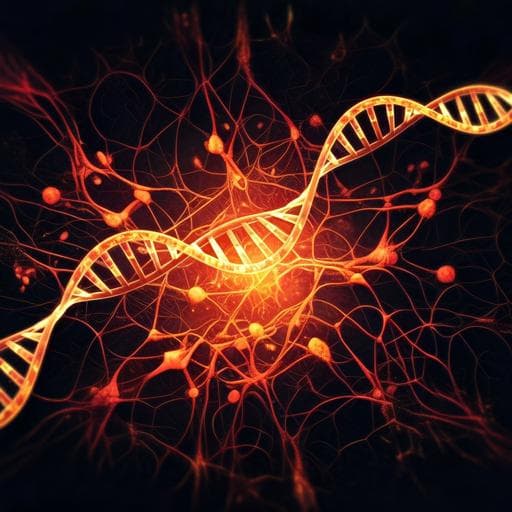
Psychology
Integrating human endogenous retroviruses into transcriptome-wide association studies highlights novel risk factors for major psychiatric conditions
R. R. R. Duarte, O. Pain, et al.
Explore the intriguing link between human endogenous retroviruses (HERVs) and psychiatric disorders! This research conducted by Rodrigo R. R. Duarte and colleagues reveals 26 significant HERV expression signals in a study of 792 post-mortem brain samples, shedding light on their potential implications for conditions like schizophrenia and major depressive disorder.
~3 min • Beginner • English
Related Publications
Explore these studies to deepen your understanding of the subject.







